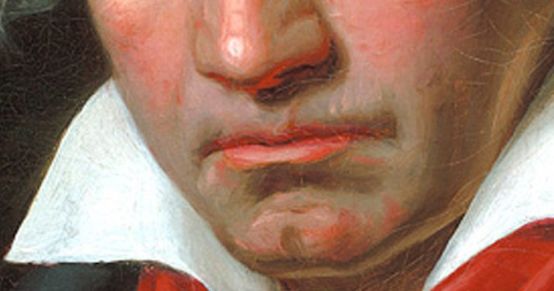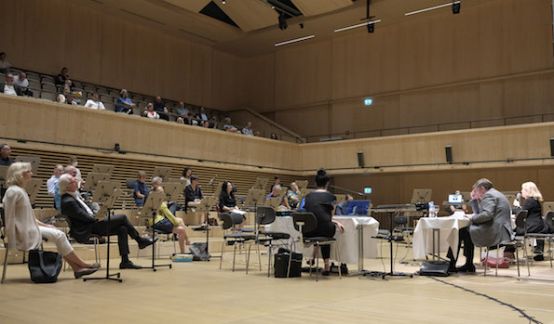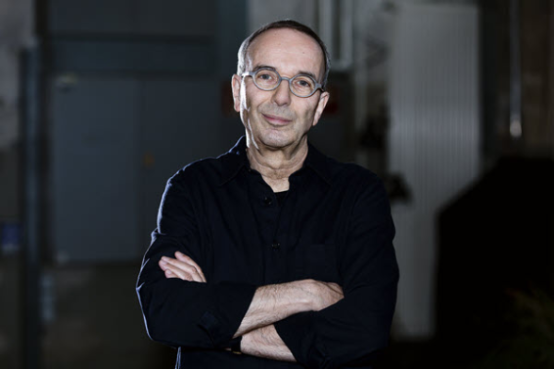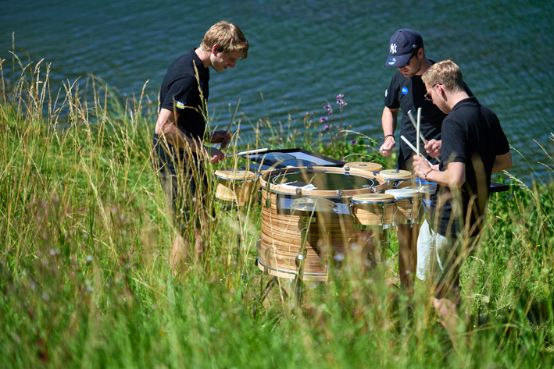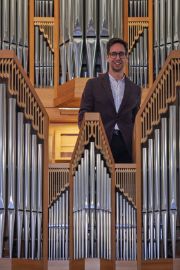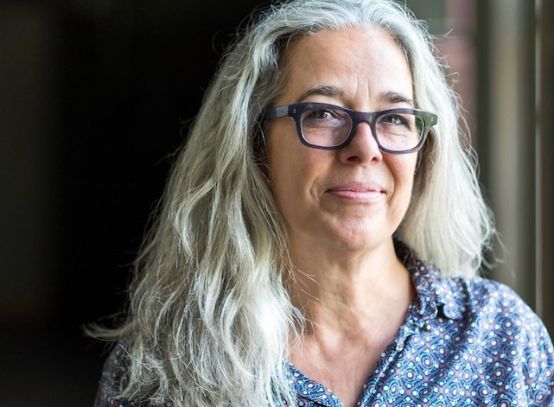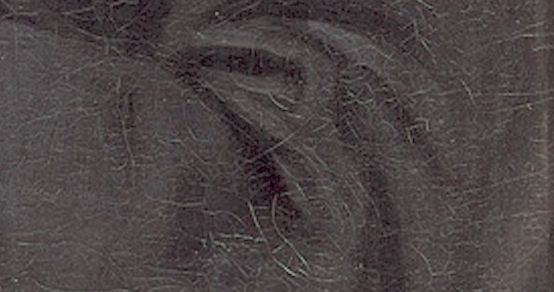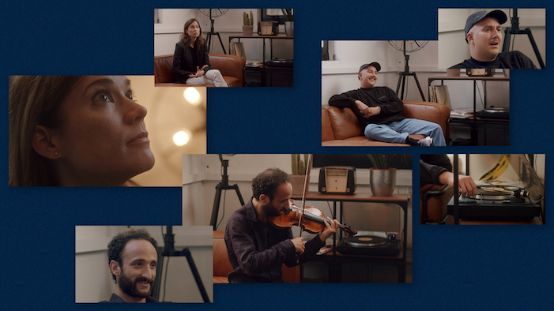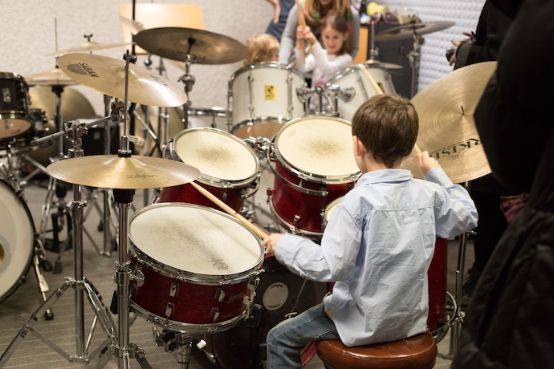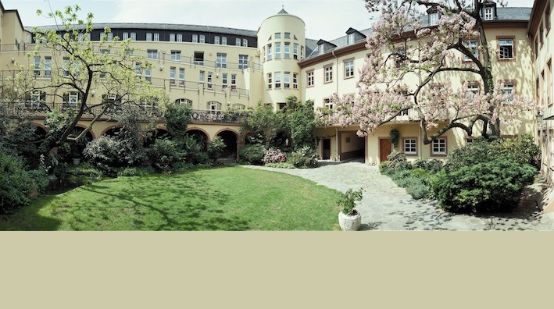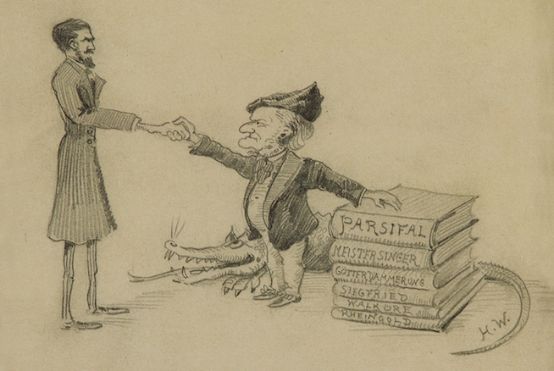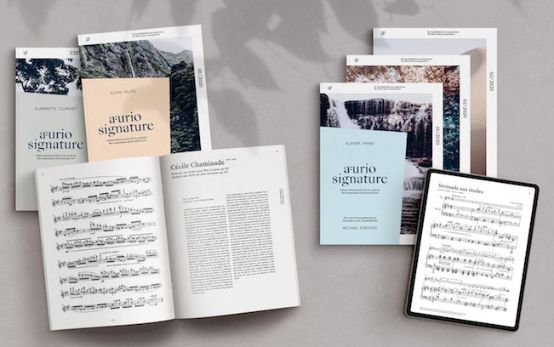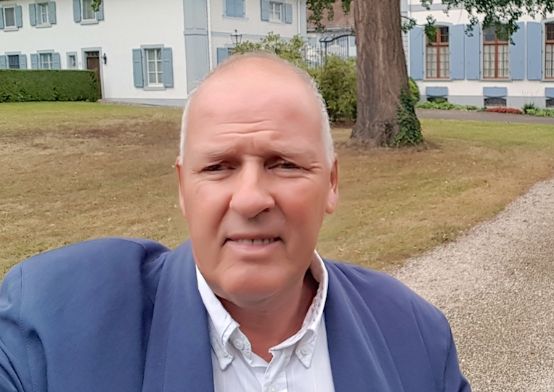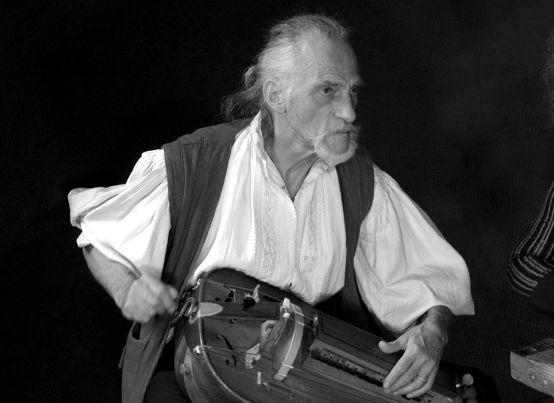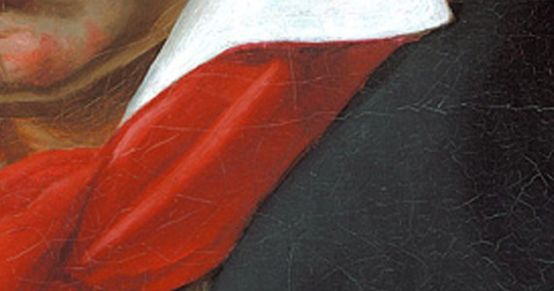It was not only Bartók, Berg and Brahms who wrote their violin concertos for a specific soloist; Ludwig van Beethoven also had the artistry of an instrumentalist associated with him in mind when conceiving his work: Franz Clement (1780-1842), who was director of the orchestra at the Theater an der Wien from 1802 and was later appointed to the same position at the Estates Theatre in Prague by Carl Maria von Weber. Beethoven had already heard the young virtuoso in 1794 and made a note of his appreciation in his notebook: "Dear Clement! Continue along the path that you have trodden so beautifully, so splendidly. Nature and art are competing to make you one of the greatest artists. Follow both, and you must not fear to reach the great - great goal that is possible for the artist. Be happy, dear boy, and come back soon so that I can hear your lovely, wonderful playing again. Your friend L. v. Beethoven."
The idea for the Violin Concerto op. 61 - in the key of D major, characteristic of the instrument - probably goes back to a benefit concert organized on 7 April 1805, at which not only Beethoven's Eroica was performed in its entirety in public for the first time, but Clement also presented his own respectable violin concerto (also in D major). The close, friendly relationship between composer and performer is reflected in Beethoven's handwritten, witty dedication "Concerto par Clemenza pour Clement primo Violino e direttore al theatro a vienne" (Concerto out of generosity for Clement ...). In the printed edition, however, he dedicated the work to his friend and librettist Stephan von Breuning; the piano version is dedicated to his wife Julie, the daughter of Beethoven's doctor, who died at the age of just 18.
There are also considerable musical differences between the manuscript version and the later publisher's edition, particularly in the solo part: The piece was written down in great haste within a few weeks and played by Clement prima vista, so to speak. Only afterwards did Beethoven return to the solo part for a detailed reworking. However, the formal structure remained untouched, which, particularly in the first movement with its abundance of thematic figures, has an almost symphonic scale of 535 bars and thus goes beyond the contemporary framework. The introductory, throbbing timpani motif is particularly striking (it is heard more than 70 times in total), as is the main theme played by the woodwinds, which determines the character of the entire movement with its lyrical gesture. The Larghetto, conceived as a romance, is shorter, while Beethoven presents the finale as a rondo in a lively 6/8 time signature and to a certain extent evokes the expressive world of his Symphony No. 6 in F major, Op. 68, written only a little later. Pastoralanticipates.
Incidentally, the violin concerto by Franz Clement mentioned above was recently released on CD (Sony) in a new recording with Mirijam Contzen (violin) and the WDR Symphony Orchestra under Reinhard Goebel.







